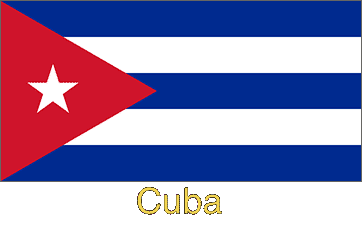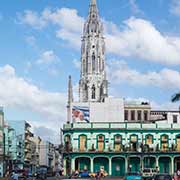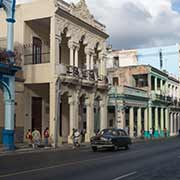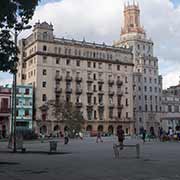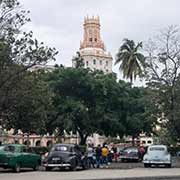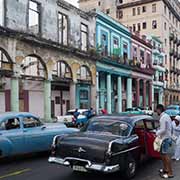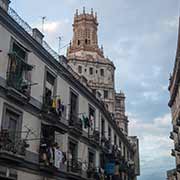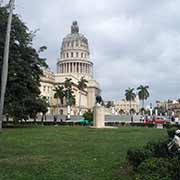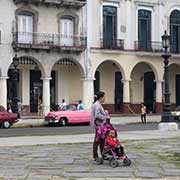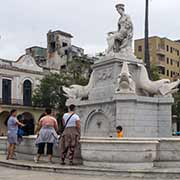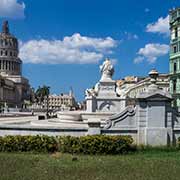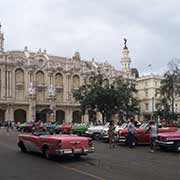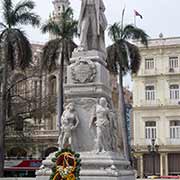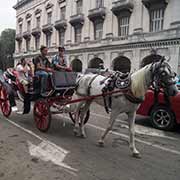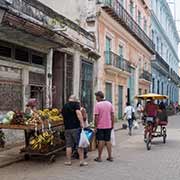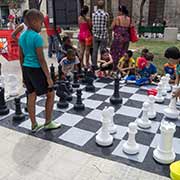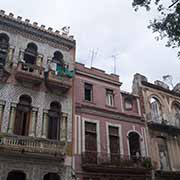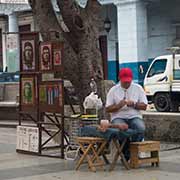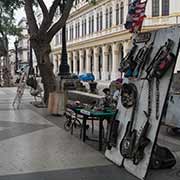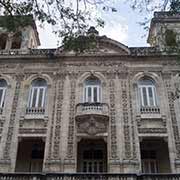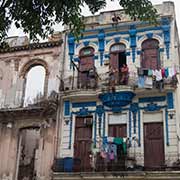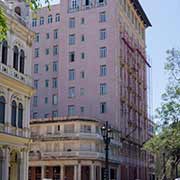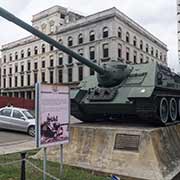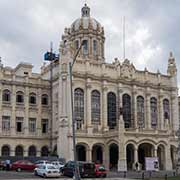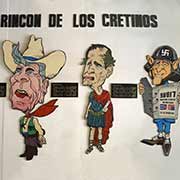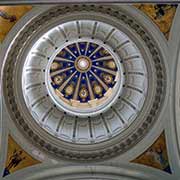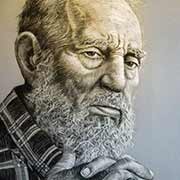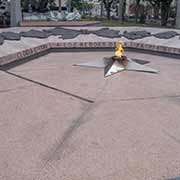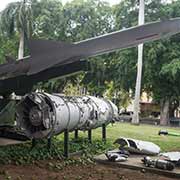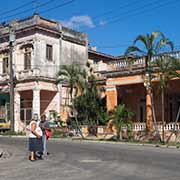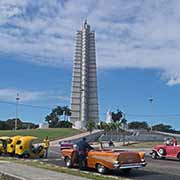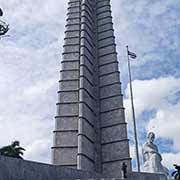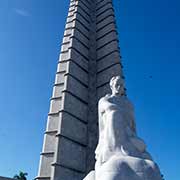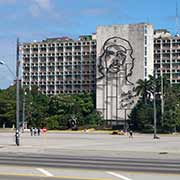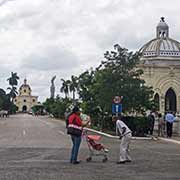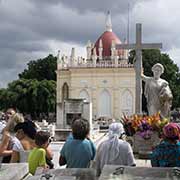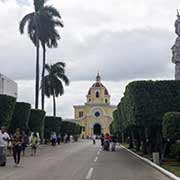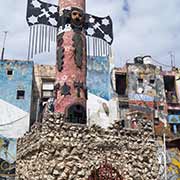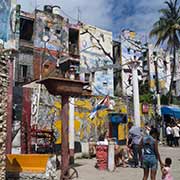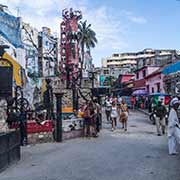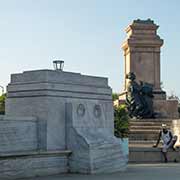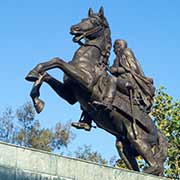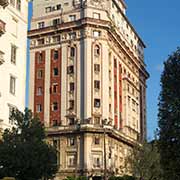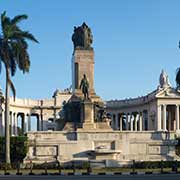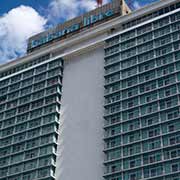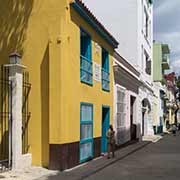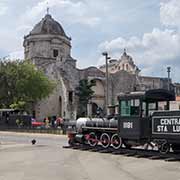Photos of La Habana (Havana), the Cuban capital, Cuba
La Habana (Havana), the Cuban capital
Havana (La Habana), Cuba’s capital city, has a population of 2.1 million inhabitants and is the largest and most populous city in the Caribbean region. The Spanish Conquistador Diego Velázquez de Cuéllar founded a town on 25 August 1515 on the island’s southern coast. The settlement failed; between 1514 and 1519, the Spanish also established two different settlements on the north coast. But the town that became the present city of Havana finally originated next to a natural bay, which now is Havana’s harbour. Its name, San Cristóbal de la Habana, was given to it by Pánfilo de Narváez - San Cristóbal became Havana’s patron saint.
you may then send it as a postcard if you wish.
Initially, Havana was just a base for the Spanish conquests of the Americas due to its strategic location. However, the first governor of Cuba, Dr Gonzalo Perez de Angulo, who arrived in 1549, chose to reside in Havana instead of Santiago and built Havana’s first masonry church. But as a trading port, it suffered regular attacks by buccaneers, pirates and French corsairs: in 1555, the French privateer Jacques de Sores burned the town, and the Spanish constructed a system of walls and forts. King Philip II of Spain granted Havana the title of city in 1592. Havana expanded greatly in the 17th Century and by the middle of the 18th Century Havana, with more than seventy thousand inhabitants, was the third-largest city in the Americas. Havana was captured in 1762 by the British during the Seven Years’ War. The British opened up trade with their North American and Caribbean colonies, causing a rapid transformation of Cuban society. But less than a year after they had occupied Havana, they signed the Peace of Paris, and the British swapped Cuba for Florida.
In the 19th Century, Havana became a flourishing and fashionable city, featuring theatres and classical mansions, being called the “Paris of the Antilles”. In 1863, the city walls were knocked down so that the metropolis could be enlarged. Contemporary Havana can now essentially be described as three cities in one: Habana Vieja (Old Havana), the original town with its narrow streets and buildings, Vedado, a central business centre and neighbourhood developed in the first half of the 20th Century between the old city and Miramar along the coast, and the newer suburban districts. After many years of prohibition, the communist government increasingly has turned to tourism and now allows foreign investors to build hotels and develop the hospitality industry. And owners of the 1950’s vintage cars, a direct result of the long American boycott, now find these are an asset to take tourists for a ride!


